On the night of November 23, 1996, as Air Force One carrying President Bill Clinton and his wife was preparing to land in Manila, the US Secret Service received information about a plot to assassinate him.
Bill Clinton and Hillary Clinton were flying to Manila, Philippines, to attend the annual Asia- Pacific Economic Cooperation (APEC) summit. When the plane landed, Secret Service agent Daniel Lewis informed the airport team that intelligence indicated there was an explosive device planted on the group's planned route to their hotel in Manila.
Lewis Merletti, who led the presidential protection team on trips and later became director of the Secret Service, said he also received a call from a US intelligence officer warning him of a “bridge wedding.” “The wedding” is a code name for an assassination.
The route Clinton's motorcade was supposed to take to reach his Manila hotel crossed three bridges. "We're changing the route," Merletti told Gregory Glod, the top intelligence officer at the U.S. Secret Service in Manila, over a secure line.
As the US presidential motorcade took the alternate route, Philippine security personnel defused a bomb planted on the bridge the convoy was originally supposed to take. They also discovered an abandoned Mitsubishi Pajero car containing AK-47 rifles nearby.
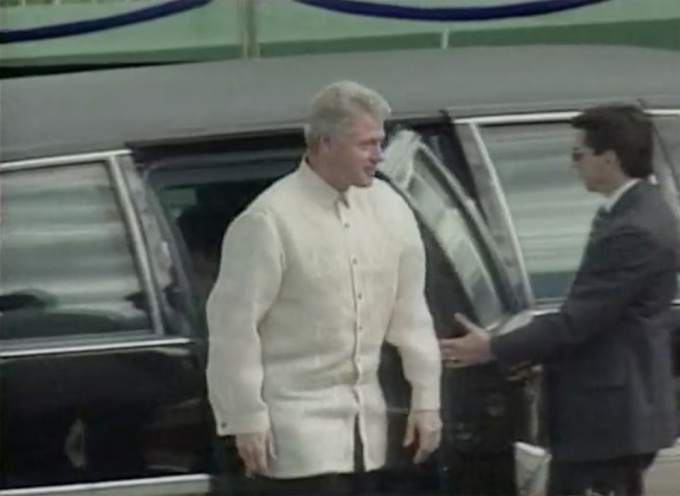
President Bill Clinton in Manila, Philippines in November 1996. Photo: Reuters
The next morning, Glod and Merletti were informed of the assassination plot by US intelligence officials at the embassy in Manila and shown pictures of the explosive device. It consisted of a grenade placed on a box of TNT explosives with a wire connected to a Nokia phone that acted as a detonator.
Glod said a US intelligence agency assessed the plot was ordered by Osama bin Laden and carried out by members of al-Qaeda and Abu Sayyaf, a Philippine Islamic group seen as an al-Qaeda offshoot.
Yousef is serving a life sentence in a maximum-security prison in Colorado, USA. After his arrest in 1995, Yousef said he had surveyed locations in Manila that Clinton was reported to be visiting. He added that he "considered placing an explosive device at a location along the convoy's route."
Yousef said the plot ultimately failed due to tight security and lack of time to prepare for the attack, according to an FBI deposition memo.
However, three US secret service agents believed that Yousef's 1994 trip was actually in preparation for the 1996 attack, emphasizing that the date for the APEC conference in the Philippines had been set since late 1994. "I knew he was acting as a scout," Glod said.
The threat from al-Qaeda and Yousef is just one of many that the Secret Service's advance security team faces.
The Philippines was dealing with a domestic insurgency at the time. Local police discovered bombs at Manila airport and the Subic Bay convention center days before Mr. Clinton arrived. The U.S. State Department issued a threat warning to U.S. diplomatic personnel the day before the first couple arrived.
The Manila mission was "the worst reconnaissance we've ever done," said Gold. The threats were also reported to Mr. Clinton before the visit, according to US Air Force Lieutenant Colonel Robert "Buzz" Patterson, who accompanied the President on the trip.
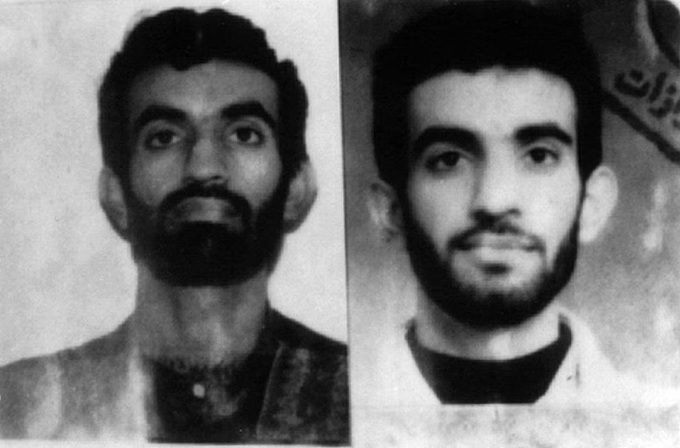
Ramzi Yousef, a suspect involved in the assassination of President Clinton in 1996. Photo: Reuters
For some Secret Service agents, the Manila incident left unanswered questions. There is no word on whether the US investigated the assassination plot further.
"I always wondered why I didn't stay in Manila to follow any investigation. Instead, they took me out of there the day after President Clinton left," Glod said.
Dennis Pluchinsky, a former State Department terrorism analyst, noted that in 1995, Clinton issued Directive 39, pledging to “deter, defeat, and respond vigorously to all acts of terrorism” against Americans at home and abroad, and to “capture and prosecute” those responsible.
Thanh Tam (According to Reuters )
Source link




![[Photo] Hanoi morning of October 1: Prolonged flooding, people wade to work](https://vphoto.vietnam.vn/thumb/1200x675/vietnam/resource/IMAGE/2025/10/1/189be28938e3493fa26b2938efa2059e)



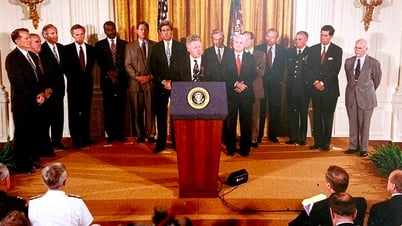



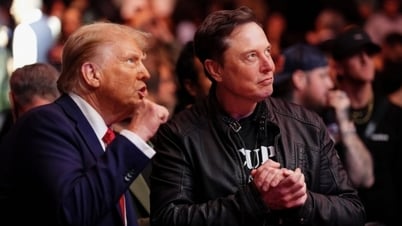

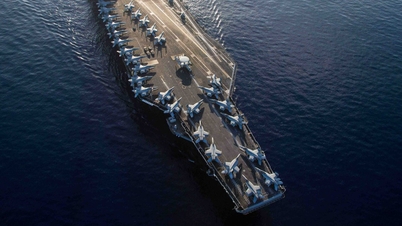
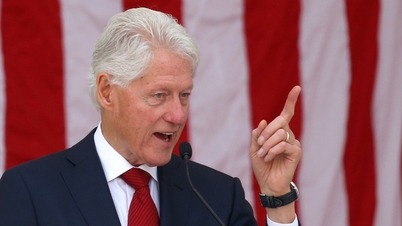





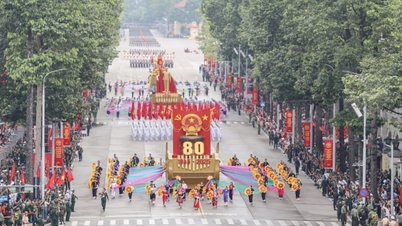
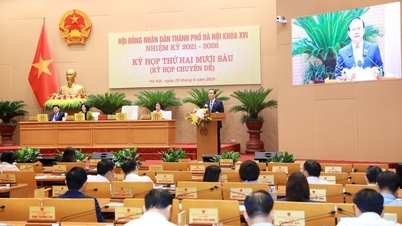

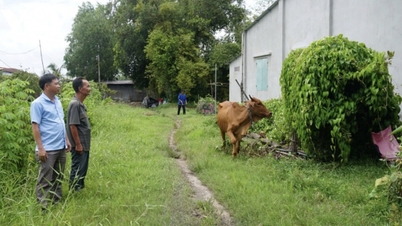











![[Photo] Panorama of the cable-stayed bridge, the final bottleneck of the Ben Luc-Long Thanh expressway](https://vphoto.vietnam.vn/thumb/1200x675/vietnam/resource/IMAGE/2025/9/30/391fdf21025541d6b2f092e49a17243f)





































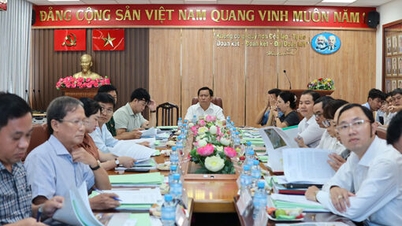

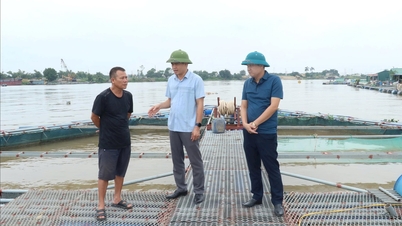



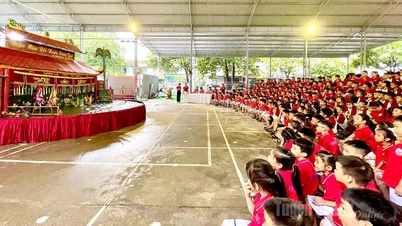














Comment (0)